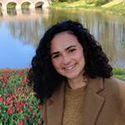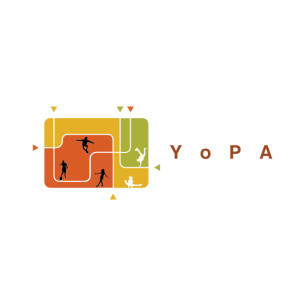 \
&
Contact us
\
&
Contact us
 \
&
Contact us
\
&
Contact us
Published on | 4 months ago
Last updated on | 1 month ago

fernanda.werneck@vlaio.be
Cascade funding, officially referred to as Financial Support to Third Parties (FSTP), has become an increasingly common mechanism in Horizon Europe and the Digital Europe Programme. It is designed to facilitate the participation of a broader group of stakeholders, such as SMEs, start-ups, research teams, and public or non-profit organisations, by providing them with a more accessible entry point into the EU funding landscape.
In a Nutshell: How Does Cascade Funding Work in Practice
In the subsequent explanations we concentrate on cascade grants that are managed by consortia from projects of Pillar 2 Horizon Europe (so excluding FSTP from CO-fund projects and EIT cascade grants) and Digital Europe FSTP actions.
What are the benefits for an organization (including SME’s) to participate in a cascade call?
Where can I find cascade call opportunities for my organization?
The consortia that issue cascade grants have the obligation to publish them
You can use a filter to find these calls directly: you can go to the section “call for proposals and select “Calls for funding in cascade” in “all filters.”
Follow this link for cascade calls under Horizon Europe and this link for cascade calls under Digital Europe.
Unfortunately, there is no list available of all the projects that are issuing cascading grants.
The obligation to publish cascade calls on the Funding & Tenders Portal is explained for Horizon Europe in the General Annexes of the Work Programme. For Digital Europe this obligation is explained in the specific call documents of FSTP grants in the item “eligibility”.
What is the typical grant amount provided through these calls, and for what types of activities can it be used in Horizon Europe?
For cascade calls originating from Horizon Europe Pillar II projects, there is typically a limit of EUR 60,000 per grant, applicable per beneficiary. However, exceptions to this rule do exist, and it is common to find cascade calls on the Funding & Tenders Portal offering grants above this amount. The financial support of the cascade grant may take any form (eg. Lump sum, prize, actual costs incurred by final recipients).
Cascade funding can be applied to different types of activities. These are specified in the call text, and specific conditions may apply.
How are cascade grants organised in the Digital Europe Programme?
Under Digital Europe, Financial Support to Third Parties is a specific type of action. Call topics that are marked as FSTP instrument are obliged to dedicate the majority of the budget to cascade funding. The percentage of the budget that has to be dedicated to cascade funding as well as maximum amounts are detailed in the respective call document. While the funding rate for the initial consortium is 100% of eligible project costs, cascade projects will get 50% of their eligible costs reimbursed and have to cover the remaining 50% by own means and/or regional or national subsidies.
Financial support to third parties under Digital Europe can be used for various activities, such as small pilot projects, scholarships in education schemes or the development of digital solutions.
We offer news and event updates, covering all domains and topics of Horizon Europe, Digital Europe & EDF (and occasionally, for ongoing projects, Horizon 2020).
Stay informed about what matters to you.
By signing up, you can opt in for e-mail notifications and get access to
a personalised dashboard that groups all news updates and event announcements in your domain(s).
Only for stakeholders located in Flanders

The YoPA project, ‘a youth-centred preventive action approach towards co-created implementation of socially and physically activating environmental interventions’ obtained funding from Horizon Europe’s Health Cluster. The project addresses the multifaceted challenges of physical inactivity and health inequalities through a unique participatory approach. The project places teenagers between 12 and 18 years old in vulnerable situations at the forefront of the intervention process. The Institute of Tropical Medicine is a partner in the project and will conduct a Realist Evaluation to understand how youth co-creation contributes to improved adolescent health and well-being in four cities in Denmark, Netherlands, Nigeria and South Africa. By integrating its results and sharing its approach in an open access Toolbox, ITM aims to contribute to fostering sustainable, youth-led solutions for healthier urban environments.